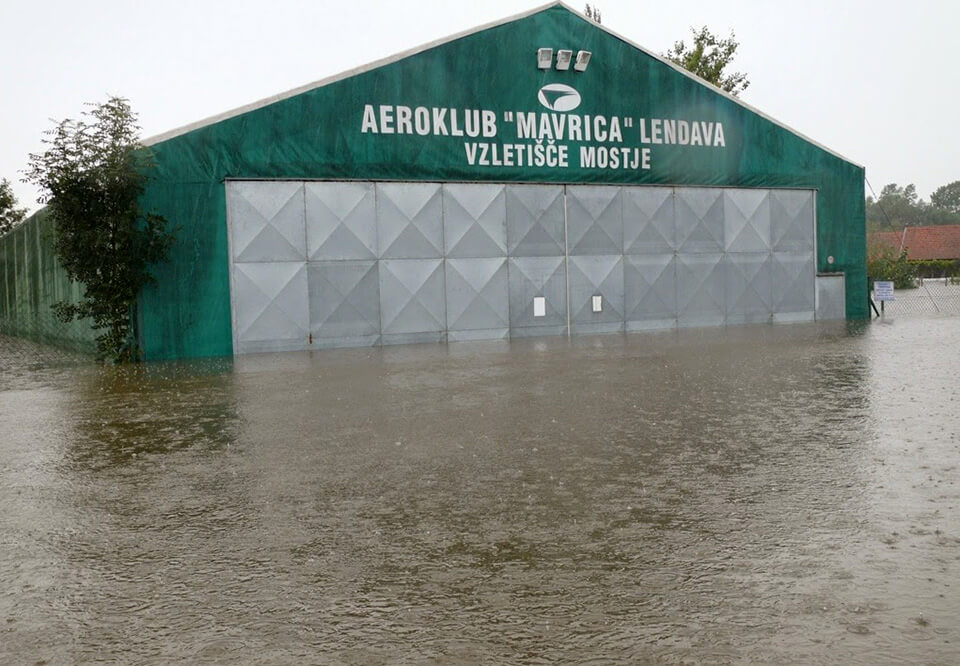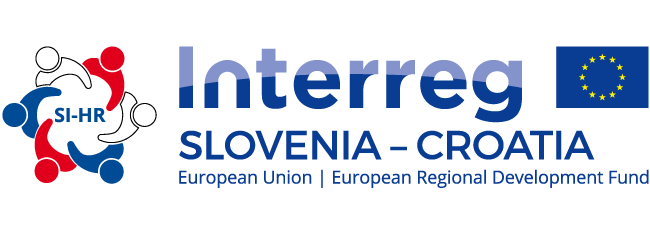 Floods are natural phenomena with great consequences for society and the environment. In floods, water spills uncontrollably over river banks. Flooding can have a major impact on society, especially where floods affect many people and various human activities. Floods cause direct and indirect damage to agriculture, transport, energy, infrastructure, buildings and elsewhere, and pose a risk of environmental pollution, and to human life and health. Secondary or indirect damage after flooding may be extensive and have long-lasting consequences which are sometimes difficult to evaluate. Thus, for example, we know the negative indirect effects of floods on the economy, tourism and the food industry and the negative psychological effects on people affected by the flood. Certain positive effects, such as groundwater enrichment in arid areas, improved soil fertility and biodiversity of surface waters by transporting nutrients, natural ecosystem management, etc., can also be identified after some floods.
Floods are natural phenomena with great consequences for society and the environment. In floods, water spills uncontrollably over river banks. Flooding can have a major impact on society, especially where floods affect many people and various human activities. Floods cause direct and indirect damage to agriculture, transport, energy, infrastructure, buildings and elsewhere, and pose a risk of environmental pollution, and to human life and health. Secondary or indirect damage after flooding may be extensive and have long-lasting consequences which are sometimes difficult to evaluate. Thus, for example, we know the negative indirect effects of floods on the economy, tourism and the food industry and the negative psychological effects on people affected by the flood. Certain positive effects, such as groundwater enrichment in arid areas, improved soil fertility and biodiversity of surface waters by transporting nutrients, natural ecosystem management, etc., can also be identified after some floods.
Floods occur naturally and are also caused by people. Frequent causes of flooding include increased quantity of precipitation, long-term precipitation, precipitation connected to snow and ice melting, short-term precipitation of high intensity, previous wetness of soil, damming of watercourses, torrents, storms, tropical cyclones, tsunamis, tides, earthquakes in connection with bursting barriers, soil subsidence due to natural or anthropogenic causes, etc.
 Floods can be categorised according to different criteria, but in general it can be said that floods are divided into five main types:
Floods can be categorised according to different criteria, but in general it can be said that floods are divided into five main types:
- Lowland floods occur due to the difference in the velocity of inflow of high waters and the (inadequate) drainage capacity of riverbeds in the lowland stretches of larger rivers. The water spills onto plains and, due to reduced transport capacity, deposits debris.
- Floods in karst fields occur due to a surplus of incoming water over the capacity of karst groundwater systems. These types of floods occur regularly, often at annual intervals, and slowly. The water stays for several days or weeks and only slowly drains through the karst underground.
- Torrential floods are short-lived and extremely violent; they are caused by short-term and intense precipitation, which are most common in Slovenia during summer storms and autumn rains. They occur in the mountains and on hills in torrential streams, where, due to the heavy transport of debris and sediments, damming and then breaks occur, and stronger flood waves are formed. In Slovenia, approximately 237,000 ha of land (12 % of the total Slovenian territory) lie in torrential flood areas, and one third (27,000 km) of water flows have torrential characteristics.
- Marine floods occur due to a combination of high tide, low air pressure and on-shore winds when the sea level rises above the normal high tide.
- Urban floods are the result of human interventions in the area and are most commonly caused by short and intense precipitation, when, due to the rapid outflow from roofs and asphalt surfaces, the surface outflow exceeds the drainage capacity of the sewage system.




